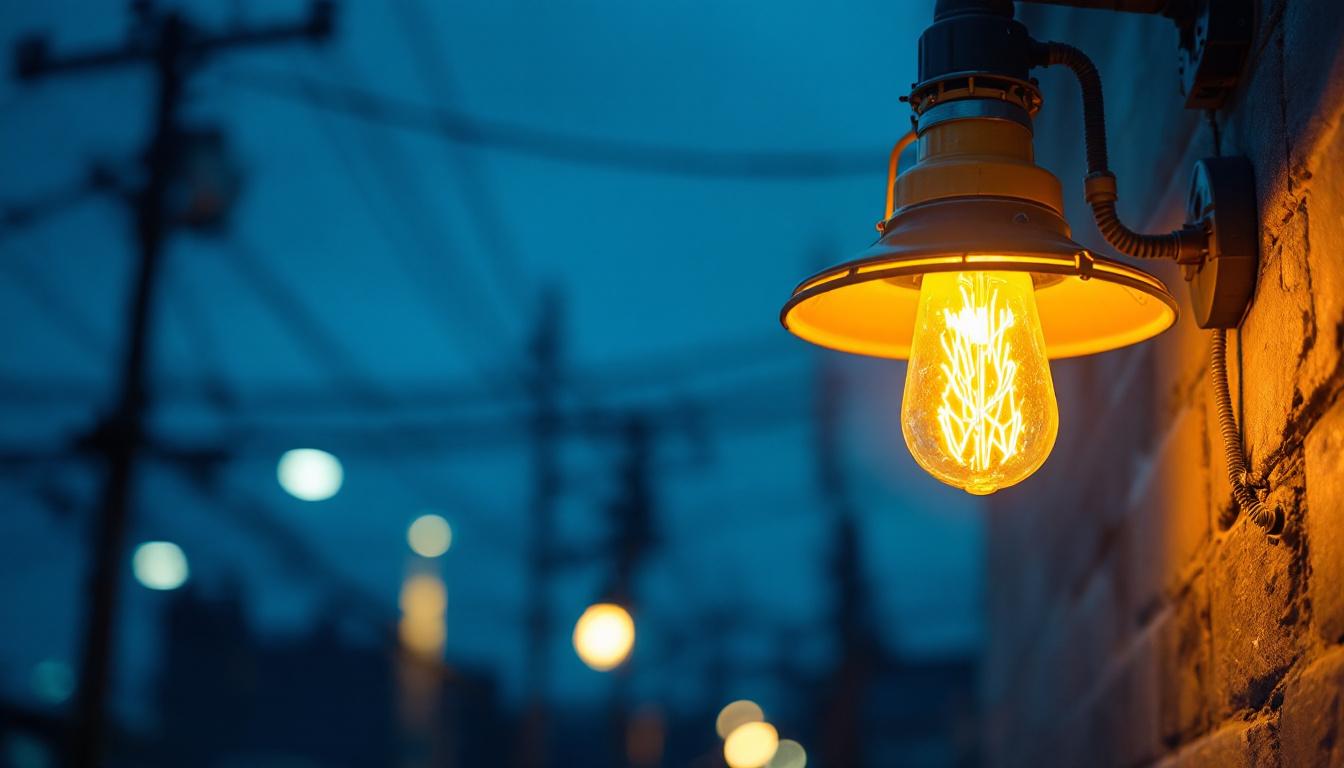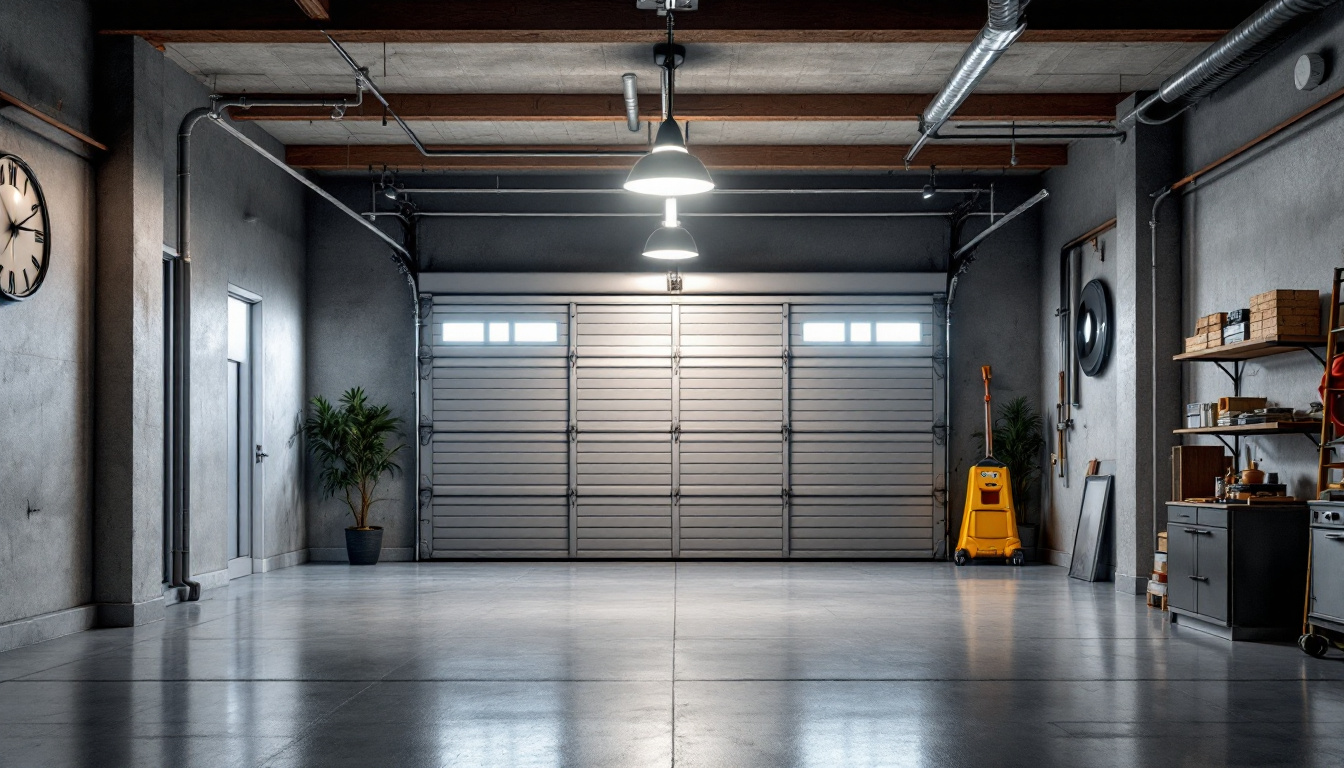
High pressure sodium (HPS) light fixtures have become a staple in the lighting industry, especially for outdoor and industrial applications. Their efficiency, longevity, and distinctive warm light make them a popular choice among lighting contractors. This guide aims to provide a comprehensive overview of HPS fixtures, including their benefits, applications, installation tips, and maintenance practices.
High pressure sodium lights operate using a gas-discharge process in which sodium vapor is ionized to produce light. These fixtures are known for their characteristic yellow-orange hue, which can be both aesthetically pleasing and functional in various settings. The warm glow emitted by HPS lights is often associated with street lighting and outdoor applications, where visibility and safety are paramount. Their unique color temperature can create a cozy atmosphere, making them suitable for parks and recreational areas as well.
The core of an HPS fixture consists of a glass arc tube filled with sodium and other gases. When electricity passes through the arc tube, it ionizes the gas, producing light. The high pressure within the tube allows for a more efficient light output compared to low-pressure sodium lights, making HPS fixtures a preferred option for many applications. The design of HPS fixtures also includes a ballast, which regulates the current flowing through the arc tube, ensuring stable operation and prolonging the life of the lamp. This intricate balance of components is what allows HPS lights to maintain their performance over extended periods, even in challenging environmental conditions.
One of the most notable characteristics of HPS lights is their high luminous efficacy, often exceeding 100 lumens per watt. This efficiency translates into lower energy costs for end-users. Additionally, HPS lights have a long lifespan, typically ranging from 24,000 to 40,000 hours, which reduces the frequency of replacements and maintenance. Their durability makes them ideal for outdoor applications, where fixtures are exposed to the elements and require robust performance. Moreover, the ability to withstand temperature fluctuations without significant performance degradation is a significant advantage, particularly in regions with extreme weather conditions.
While HPS lights are efficient, they have a lower Color Rendering Index (CRI) compared to other lighting technologies, such as metal halide or LED. The CRI of HPS fixtures usually falls between 20 and 30, which means they may not render colors as accurately. This characteristic is something lighting contractors should consider when recommending HPS fixtures for environments where color accuracy is crucial, such as retail spaces or art galleries. However, it’s worth noting that the warm light produced by HPS can enhance the appearance of certain materials, such as wood and brick, making them a popular choice for outdoor architectural lighting. Additionally, the low CRI is often offset by the practicality and cost-effectiveness of HPS lighting in large-scale applications, where the primary focus is on illumination rather than color fidelity.
High pressure sodium fixtures are versatile and can be used in a variety of settings. Their unique properties make them particularly suitable for certain applications.
HPS lights are widely used for street lighting due to their ability to illuminate large areas effectively. The warm light produced by HPS fixtures enhances visibility and safety for drivers and pedestrians. Many municipalities prefer HPS lights for their energy efficiency and long lifespan, which contribute to lower operational costs over time. Additionally, the yellowish hue of HPS lighting is less disruptive to nocturnal wildlife compared to other lighting options, making them a more environmentally friendly choice for urban areas.
In industrial settings, HPS fixtures are commonly employed in warehouses, manufacturing plants, and outdoor storage areas. Their durability and resistance to harsh conditions make them ideal for these environments. Additionally, the long lifespan of HPS lights means that facilities can minimize downtime associated with lighting maintenance. This is particularly crucial in industries where consistent lighting is essential for safety and productivity, such as in assembly lines or during night shifts. Furthermore, the energy efficiency of HPS fixtures can lead to significant cost savings, allowing businesses to allocate resources to other critical areas.
High pressure sodium lights are also popular in horticulture and agriculture. They are often used in greenhouses to promote plant growth, as the warm light spectrum encourages flowering and fruiting. Contractors working in this sector should be aware of the specific lighting needs of different crops to maximize yield and efficiency. For instance, while HPS lights are excellent for certain flowering plants, they may need to be supplemented with other types of lighting, such as metal halide or LED, to provide a full spectrum that supports various growth stages. Moreover, the ability to control light cycles with HPS fixtures allows growers to manipulate flowering times, which can lead to more efficient harvests and increased profitability.
Proper installation is crucial for maximizing the performance and lifespan of high pressure sodium fixtures. Lighting contractors should adhere to specific guidelines to ensure optimal results.
Before installation, it is essential to assess the electrical requirements of the HPS fixture. Most HPS lights operate on a 120V, 240V, or 277V supply, depending on the fixture’s design. Ensuring that the electrical system can handle the load is vital to prevent flickering or premature failure.
The mounting height and angle of HPS fixtures can significantly impact their effectiveness. For street lighting, fixtures are typically mounted at heights ranging from 14 to 20 feet, depending on the road type and surrounding environment. In industrial settings, the mounting height may vary based on the layout and specific lighting needs of the area. Proper angling can help reduce glare and enhance visibility.
Orientation of the fixture is another important consideration. HPS lights should be installed in a way that minimizes obstructions and maximizes light distribution. This may involve positioning the fixtures at specific angles or using reflectors to direct light where it is needed most.
Lighting contractors should recommend routine inspections of HPS fixtures to check for signs of wear, such as discoloration or flickering. Regular inspections can help identify potential issues before they escalate, saving time and money in the long run.
Dust and debris can accumulate on the lenses of HPS fixtures, reducing light output. It is important to clean the fixtures regularly to maintain optimal performance. Contractors should use appropriate cleaning solutions and methods to avoid damaging the fixtures.
Over time, components such as bulbs and ballasts may need to be replaced. Contractors should be familiar with the specific replacement parts for the HPS fixtures they install. Ensuring that only compatible components are used is crucial for maintaining the integrity and efficiency of the lighting system.
While high pressure sodium lights have many advantages, it is essential to compare them with other lighting technologies to determine the best fit for specific applications.
Metal halide lights offer a higher CRI than HPS, making them suitable for applications where color accuracy is important. However, they generally have a shorter lifespan and lower energy efficiency compared to HPS fixtures. Contractors should consider the specific needs of the project when choosing between these two options.
LED technology has gained popularity due to its superior energy efficiency and long lifespan. While HPS fixtures are still widely used, LEDs are becoming a more viable alternative, especially in applications where energy savings are a priority. However, HPS lights tend to have a lower initial cost, which may appeal to certain clients.
Fluorescent lights are another alternative, often used in commercial settings. They provide good color rendering and are energy efficient. However, they do not offer the same level of brightness and durability as HPS fixtures, making them less suitable for outdoor or industrial applications.
As the lighting industry continues to evolve, high pressure sodium fixtures are adapting to meet new demands and challenges.
Smart lighting technology is becoming increasingly popular, allowing for greater control over lighting systems. HPS fixtures are beginning to incorporate smart technology, enabling contractors to offer clients advanced features such as remote monitoring and automated adjustments based on environmental conditions.
With a growing focus on sustainability, energy efficiency regulations are continually evolving. HPS fixtures may face increased scrutiny as LED technology becomes more prevalent. Lighting contractors should stay informed about regulatory changes to ensure compliance and offer clients the best solutions.
Some contractors are exploring hybrid systems that combine HPS and LED technologies. This approach can provide the benefits of both systems, offering flexibility and efficiency. As the market evolves, hybrid solutions may become more common, allowing contractors to tailor lighting solutions to specific client needs.
High pressure sodium light fixtures remain a reliable choice for lighting contractors across various applications. Their efficiency, longevity, and unique light quality make them a valuable addition to any lighting portfolio. By understanding the technology, applications, installation considerations, and maintenance practices, contractors can effectively recommend HPS fixtures to meet their clients’ needs.
As the industry continues to evolve, staying informed about trends and advancements will empower contractors to provide the best lighting solutions. Whether for street lighting, industrial use, or agricultural applications, high pressure sodium fixtures will continue to play a significant role in the future of lighting.
Ready to elevate your lighting projects with high-quality High Pressure Sodium fixtures? Look no further than LumenWholesale, where we provide contractors with spec-grade lighting products at unbeatable wholesale prices. Our extensive selection is designed to meet the highest industry standards, ensuring you have access to reliable and high-performance lighting for every application. With the convenience of free shipping on bulk orders, you can secure premium lighting solutions at the best value — all without hidden fees or compromises. Make your next project shine by choosing Wholesale Lighting at the Best Value with LumenWholesale.

Discover effective strategies for training your team in utilizing the Simply Conserve Mini Wall Pack lighting solutions.

Discover how upgrading garage light fixtures can illuminate new opportunities for lighting contractors.

Discover essential insights into the Rhps311Cl Jw1, a game-changing tool for lighting contractors.

Explore how LED bulb prices influence energy efficiency in homes and businesses.